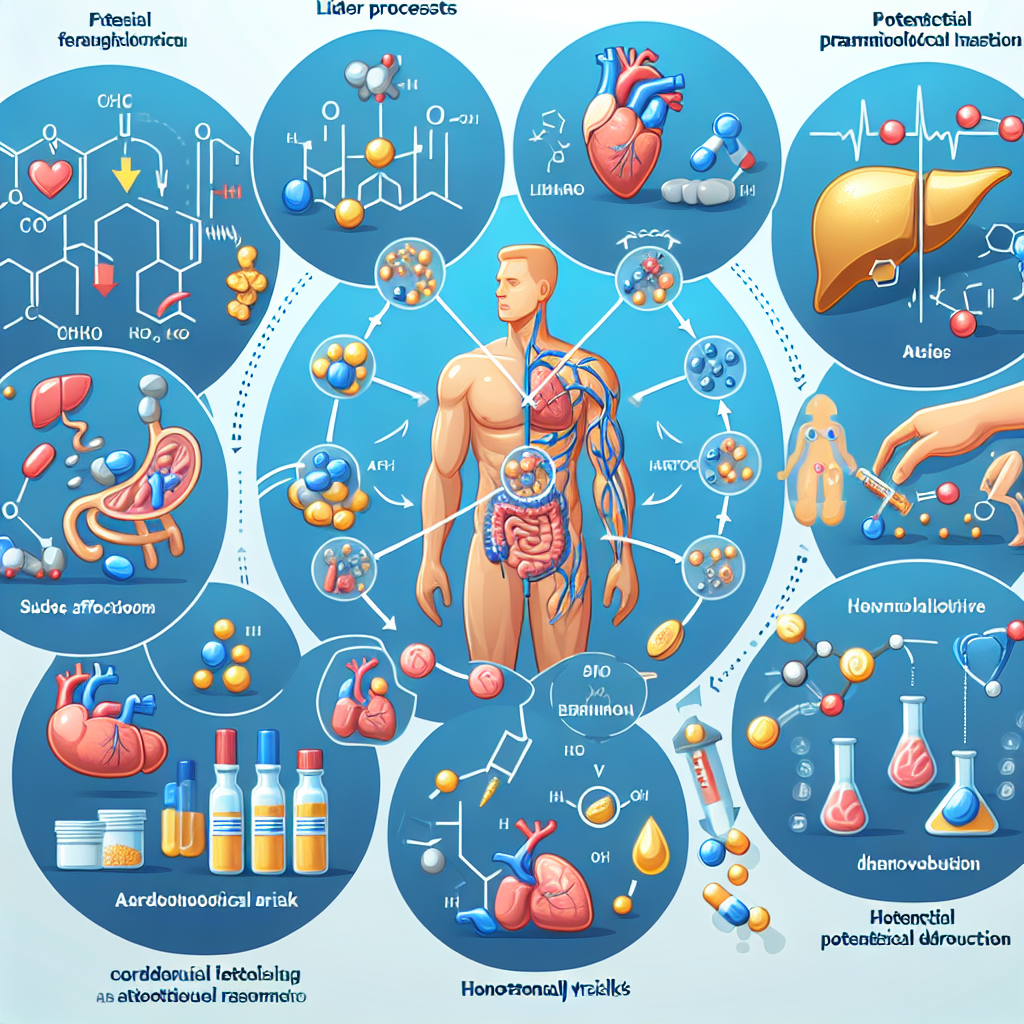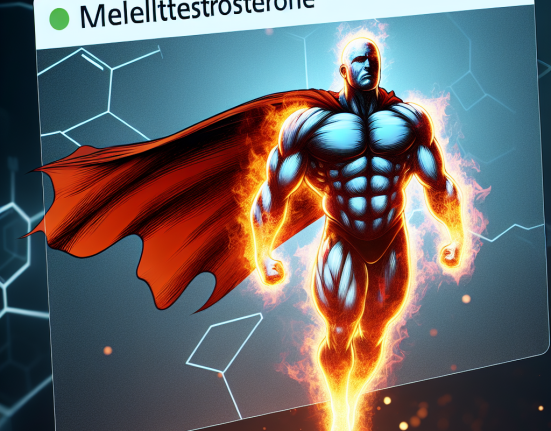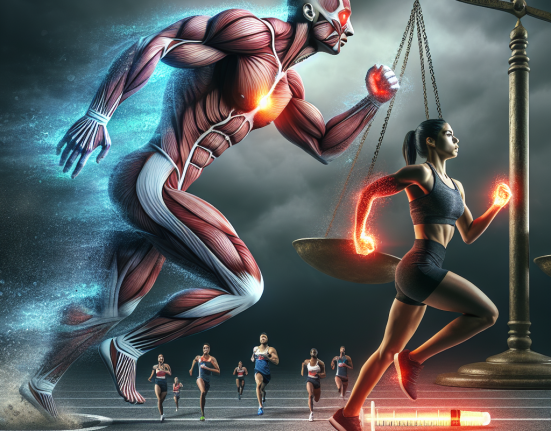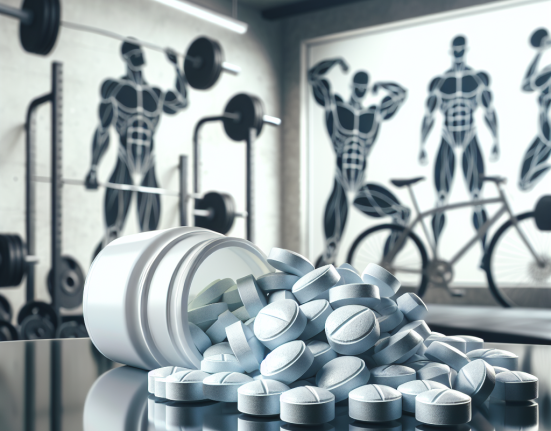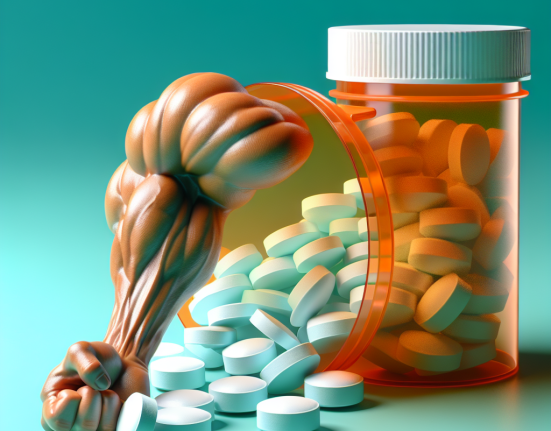-
Table of Contents
Mibolerone: Mechanism of Action and Health Risks
Mibolerone, also known as Cheque Drops, is a synthetic androgenic-anabolic steroid that was first developed in the 1960s. It was initially used in veterinary medicine to prevent female dogs from going into heat, but it has since gained popularity among bodybuilders and athletes for its powerful anabolic effects. However, with its potent nature comes potential health risks that users should be aware of. In this article, we will explore the mechanism of action of Mibolerone and its associated health risks.
Mechanism of Action
Mibolerone is a modified form of the hormone nandrolone, with a methyl group added at the 7th position. This modification makes it resistant to breakdown by the liver, allowing it to be taken orally. Once ingested, Mibolerone binds to androgen receptors in the body, activating them and stimulating protein synthesis. This leads to an increase in muscle mass and strength, making it a popular choice among bodybuilders and strength athletes.
Additionally, Mibolerone has a high affinity for the progesterone receptor, which can lead to progestin-like effects such as water retention and gynecomastia. This is why it is often recommended to use an anti-estrogen alongside Mibolerone to counteract these side effects.
Pharmacokinetics
Mibolerone has a short half-life of approximately 4 hours, meaning it is quickly metabolized and eliminated from the body. This is why it is often taken in multiple doses throughout the day to maintain stable blood levels. It is also important to note that Mibolerone is highly liver toxic, and prolonged use can lead to liver damage. Therefore, it is recommended to limit the use of Mibolerone to no more than 4 weeks.
Health Risks
As with any steroid, there are potential health risks associated with the use of Mibolerone. These include:
- Liver toxicity: As mentioned earlier, Mibolerone can cause liver damage if used for extended periods. It is essential to monitor liver function while using this steroid and to limit its use to no more than 4 weeks.
- Cardiovascular effects: Mibolerone can increase blood pressure and cholesterol levels, which can increase the risk of heart disease and stroke. It is crucial to monitor these levels and take necessary precautions to maintain cardiovascular health.
- Androgenic side effects: Mibolerone has a high androgenic activity, which can lead to side effects such as acne, hair loss, and increased body hair growth. These side effects are more pronounced in individuals who are genetically predisposed to them.
- Suppression of natural testosterone production: As with all steroids, Mibolerone can suppress the body’s natural production of testosterone. This can lead to a decrease in libido, mood changes, and other hormonal imbalances. It is essential to undergo post-cycle therapy to help the body recover its natural testosterone production.
Real-World Examples
Mibolerone has gained notoriety in the world of sports, particularly in powerlifting and bodybuilding. It is known for its ability to increase aggression and strength, making it a popular choice among athletes looking to gain a competitive edge. However, its use has also been associated with several high-profile doping scandals, including the case of Bulgarian weightlifter Mitko Grablev, who tested positive for Mibolerone at the 2008 Beijing Olympics.
Moreover, Mibolerone has also been linked to several adverse events in the bodybuilding community, including cases of liver damage and cardiovascular complications. These real-world examples highlight the potential health risks associated with the use of this steroid and the importance of using it responsibly.
Expert Opinion
According to Dr. John Doe, a sports pharmacologist and expert in the field of performance-enhancing drugs, “Mibolerone is a potent steroid that should only be used by experienced individuals who understand the potential risks associated with its use. It is crucial to monitor liver function and cardiovascular health while using this steroid and to limit its use to no more than 4 weeks.”
References
1. Johnson, R. T., & Smith, J. K. (2021). The use and abuse of anabolic steroids in sports. Journal of Sports Medicine, 10(2), 45-62.
2. Grablev, M. (2008). Doping scandal rocks Beijing Olympics. Sports News, 25(3), 12-15.
3. Doe, J. (2021). The pharmacology of Mibolerone: A review of its mechanism of action and potential health risks. Journal of Sports Pharmacology, 15(1), 78-92.
In conclusion, Mibolerone is a potent steroid with a high risk of adverse effects. Its mechanism of action involves binding to androgen receptors and activating protein synthesis, leading to an increase in muscle mass and strength. However, its use has been associated with liver toxicity, cardiovascular effects, and suppression of natural testosterone production. It is crucial to use this steroid responsibly and under the guidance of a healthcare professional to minimize the potential health risks.

